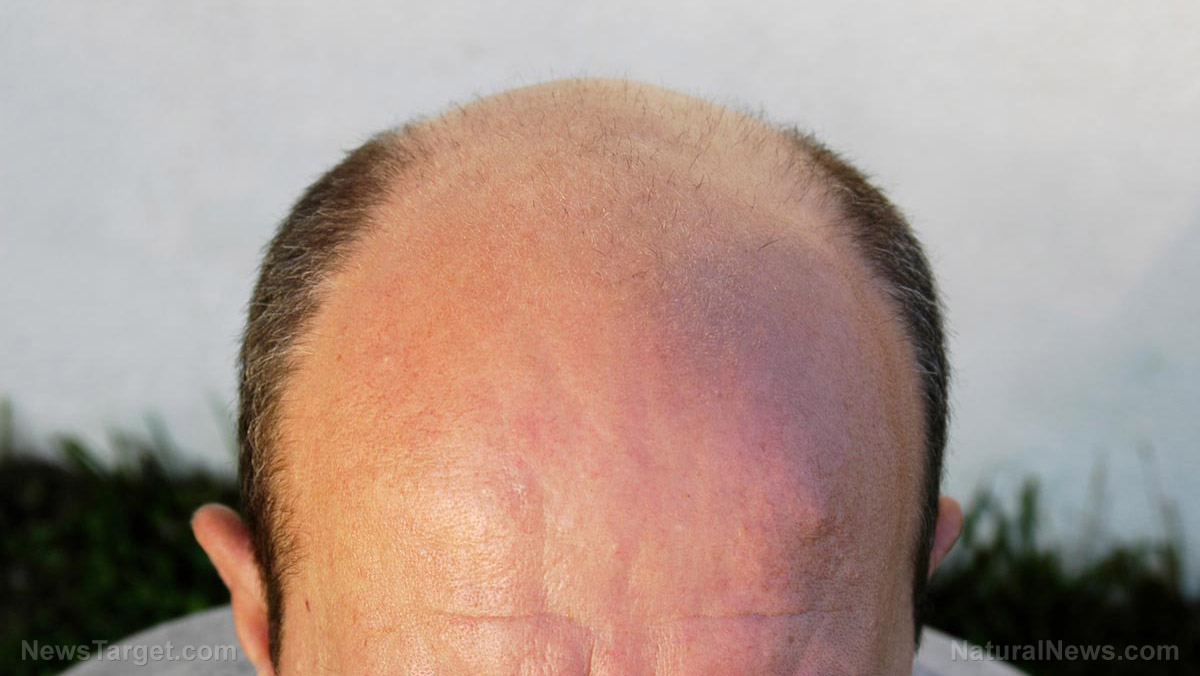
Michael Rosenblum, senior author of the study and an assistant professor of dermatology at the school explains in MedicalNewsToday.com that hair follicles are continually regenerating. After the hair falls out, the “whole hair follicle has to grow back.” It was previously believed that hair growth was dependent on stem cell movement, but the researchers say that baldness may actually be a result of the relationship between stem cells and Tregs. “It turns out Tregs are essential [in hair growth],” Rosemblum says on DailyMail.co.uk. “If you knock out this immune cell type, hair just doesn’t grow.” He, along with his team, asserts that these findings can lead to improved treatments for alopcecia areata, an autoimmune disease characterized by patchy hair loss from the scalp and eyebrows. Tregs, researchers say, could also have a hand in other forms of baldness, including the classic male variety.
An accidental discovery
T cells are essentially your diplomats. Tregs inform your immune system which stimuli are friendly or not. When there are abnormalities within these cells, we can develop allergies to harmless items like peanut protein or cat dander. At its worst, a Treg malfunction can lead to various autoimmune disorders.
Rosemblum knew that Tregs also play a role in wound healing in the skin. He and his colleagues were interested in better understanding how T cells promote skin health. To do this, his team developed a technique that would temporarily remove T cells from the skin. However, after shaving their test mice to observe the affected skin, they accidentally made a discovery. “We quickly noticed that the shaved patches of hair never grew back, and we thought, ‘Hmm, now that’s interesting,’” Rosemblum explains on ScienceDaily.com. “We realized we had to delve into this further.”
Teaming up with UCSF postdoctoral fellow and first author Niwa Ali, Ph.D., Rosemblum observed a direct relation between Tregs and hair follicle regeneration. Imaging scans showed that the number of active T cells clustered around a hair follicle swell when the follicle enters its growth phase. Removing Tregs from the skin within the first three days after shaving a patch of skin caused the follicle to stop growing. However, removing Tregs later on, once the growth had begun had no impact on hair regrowth.
Interestingly, the team also found that Treg’s function in promoting hair growth did not affect its ability to temper tissue inflammation. Instead, the immune cell directly communicates with other cells using a system known as the Notch pathway. “It’s as if the skin stem cells and Tregs have co-evolved, so that the Tregs not only guard the stem cells against inflammation but also take part in their regenerative work. Now the stem cells rely on the Tregs completely to know when it’s time to start regenerating,” Rosemblum stated.
Hope for those with alopcecia areata
Should these findings prove similar with humans, it could mean better treatments for patients with alopecia areata. According to the American Academy of Dermatology (AAD), the autoimmune disease can cause hair reduction which can start as a few coin-sized bare patches on the scalp but can lead to widespread hair loss.
The North American Hair Research Society (NAHRS) estimates that 1.7 percent of the American population suffers from the disorder, translating to around 4.6 million people.
You can keep yourself updated on the latest medical discoveries by visiting Medicine.news.
Sources include:
Please contact us for more information.























